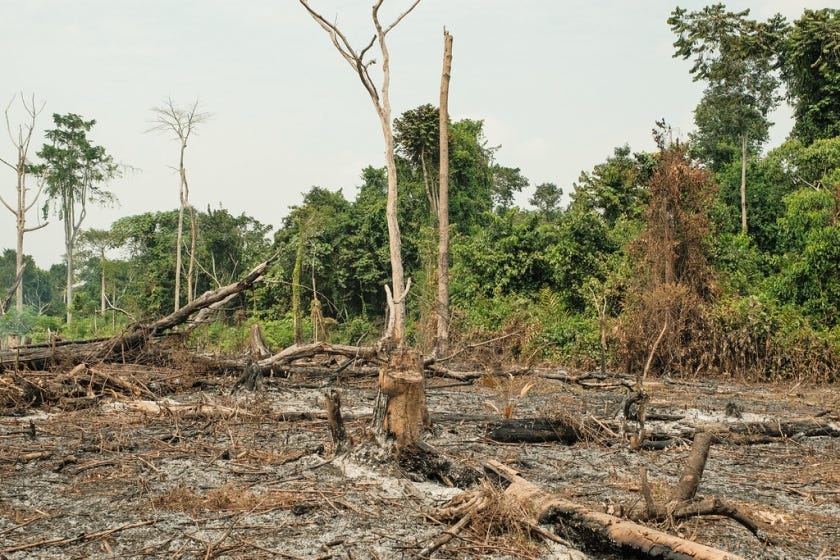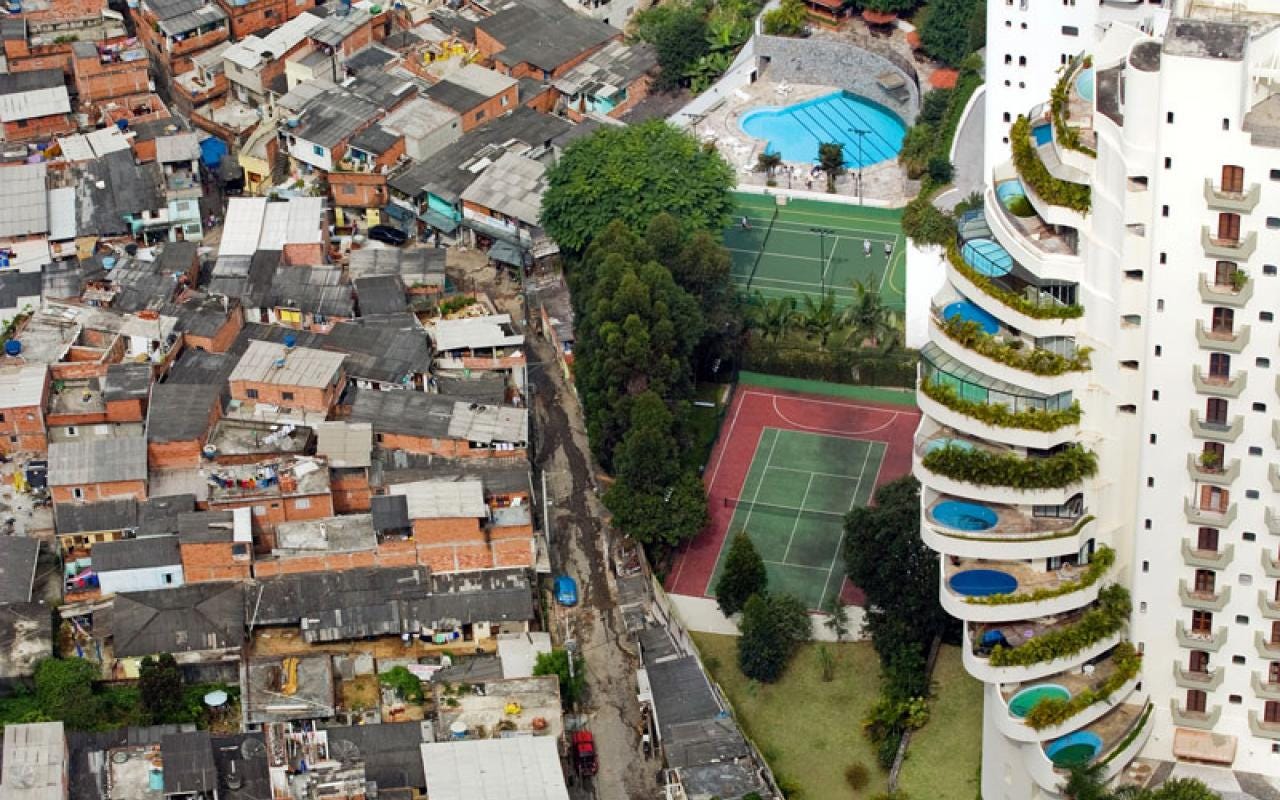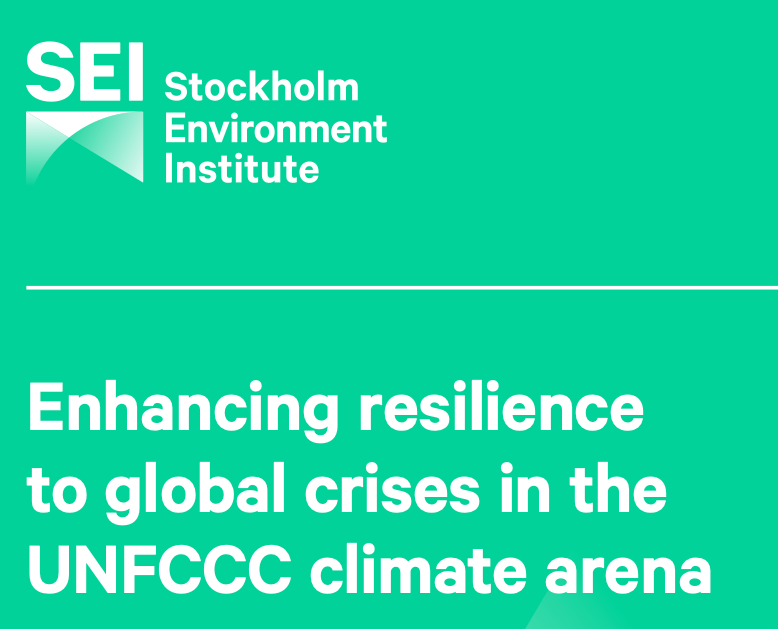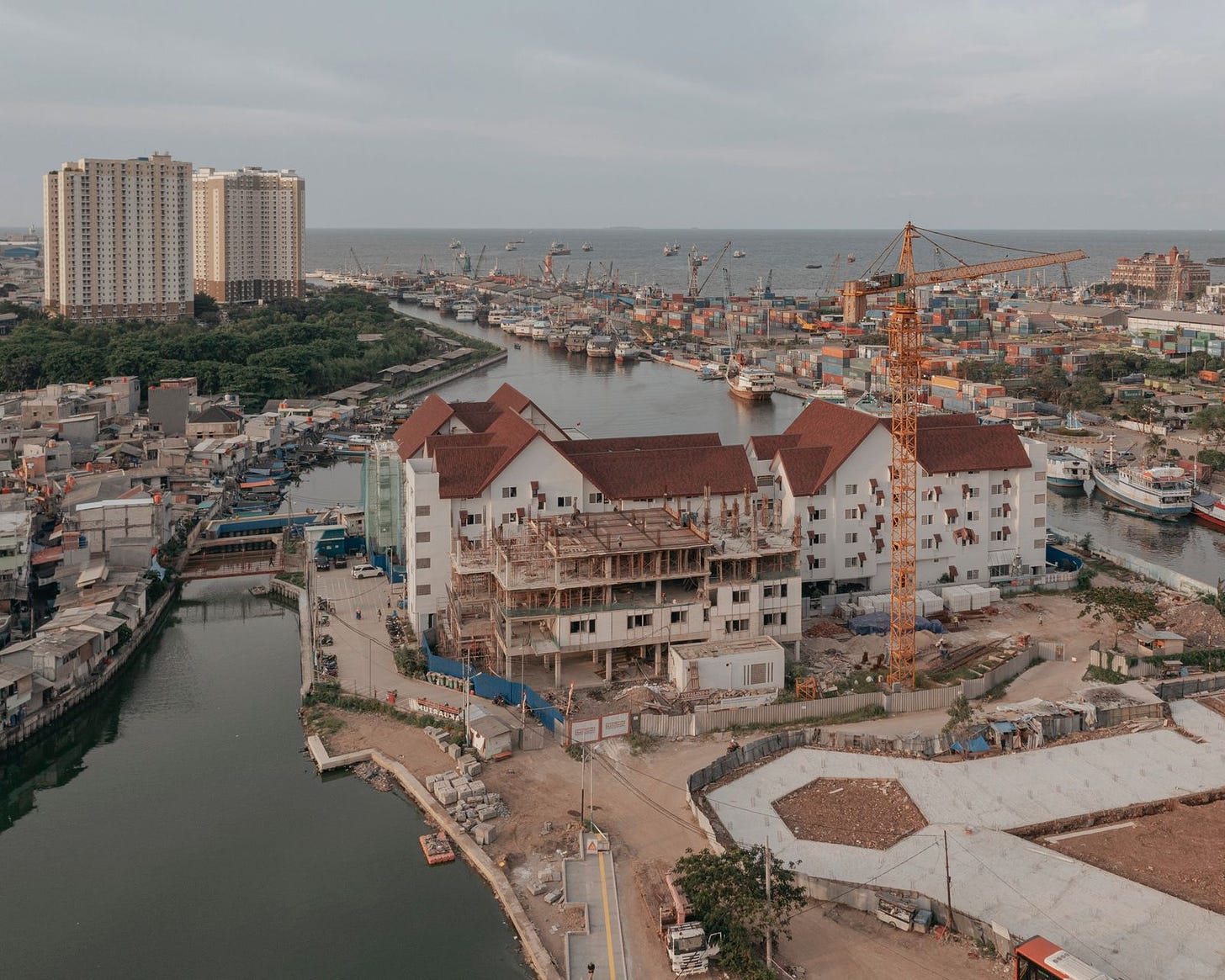A Force of Nature
Multilateral efforts to address multiple climate crises need both wide-spread adoption and support at the national and local level. What can you do to address climate change?
UPDATE: After a week of articles related to global markets and regional security the Long Mekong Daily turns to multilateral efforts to counter climate change and build local resilience networks. First up, the 5 drivers of nature crises followed by financing climate change. The Hand-in-Hand initiative has launched a monitoring and evaluation tool for eradicating poverty (SDG1), ending hunger and malnutrition (SDG2), and reducing inequalities (SDG10). Next up, equity in climate negotiations can make progress in addressing climate change and for creating more resilience to global crises. IEA predicts renewables will surpass coal generated power by 2027. And, last but not least, an architect has a simple plan to save Jakarta before it sinks into the sea. What can you do to address climate change?
5 key drivers of the nature crisis
Pollution, including from chemicals and waste, is a major driver of biodiversity and ecosystem change with especially devastating direct effects on freshwater and marine habitats. Plant and insect populations are dwindling as a result of the persistent usage of highly dangerous, non-selective insecticides.
Marine plastic pollution has increased tenfold since 1980, affecting at least 267 animal species, including 86 per cent of marine turtles, 44 per cent of seabirds and 43 per cent of marine mammals. Air and soil pollution are also on the rise.
Globally, nitrogen deposition in the atmosphere is one of the most serious threats to the integrity of global biodiversity. When nitrogen is deposited on terrestrial ecosystems, a cascade of effects can occur, often resulting in overall biodiversity declines.
Reducing air and water pollution and safely managing chemicals and waste is crucial to addressing the nature crisis.
Read the full article here.
Financing resilience: how ASAP+ is helping rural communities adapt to climate change
When it comes to climate change, small-scale farmers are among the world’s most vulnerable communities. An estimated 500 million smallholder households are grappling with access to suitable agricultural land, while forest, soil and water resources are increasingly restricted and degraded.
From floods to droughts, smallholders are too often overlooked and left to tackle the planet’s erratic weather alone. This is why IFAD focuses on climate resilient agriculture and climate finance, which are the funds needed to mitigate and adapt to climate change, through programmes like the Enhanced Adaptation for Smallholder Agriculture Programme (ASAP+).
With a mobilization target of US$500 million, ASAP+ is envisioned to be the largest fund dedicated to channelling climate finance to small-scale producers, helping to increase resilience, food security and carbon mitigation and sequestration. It builds on the successes and lessons learnt from the first two phases of the programme—ASAP.
Read full article here.
Hand-in-Hand Monitoring and Evaluation Dashboard
The Hand-in-Hand (HIH) Initiative supports the implementation of nationally led, ambitious programmes to accelerate agrifood systems transformations by eradicating poverty (SDG1), ending hunger and malnutrition (SDG2), and reducing inequalities (SDG10). It uses advanced geospatial modeling and analytics, as well as a robust partnership-building approach to accelerate the market-based transformation of agrifood systems — to raise incomes, improve the nutritional status and well-being of poor and vulnerable populations, and strengthen resilience to climate change.
The Initiative prioritizes countries and territories where poverty and hunger are highest, national capacities are limited, or operational difficulties are greatest due to natural or man-made crises. Areas of intervention have included developing value chains for priority commodities, building agro-industries and efficient water management systems, introducing digital services and precision agriculture, reducing food losses and waste, and addressing climate challenges and weather risks.
The Hand-in-Hand Initiative, launched in 2019, is a flagship of FAO and one of its core priority programme areas.
Access the monitoring and evaluation dashboard here.
Enhancing resilience to global crises in the UNFCCC climate arena
Equity in climate negotiations can make progress in addressing climate and for creating more resilience to global crises. Given the strong link between climate and broader structural inequities, the authors find that, in the long term, creating resilience will require grappling with global power dynamics, most notably the colonial legacies embedded in global geopolitics.
For the climate regime to evolve into one more able to address our shared global climate crisis, a more active shift of power must take place from the Global North to the Global South.
The Covid-19 pandemic exacerbated existing inequities within the climate negotiations, demonstrating a need to rethink how the formal UNFCCC process can be made more inclusive and equitable. These inequalities have become more apparent through challenges posed by the Covid-19 pandemic to both the ability to participate and the outcomes of climate negotiations.
The pandemic has negatively influenced the participation and inclusion of representatives from Global South countries, marginalized groups and civil society organizations by exacerbating existing gaps in financial and technical capacity between countries. Travel restrictions presented a much more serious barrier to Global South participation, given the existing structural inequalities (e.g. disproportionate visa barriers) in the global travel regime.
The outcomes of negotiations are profoundly impacted by the power imbalance between the Global North and the Global South. The pandemic increased this imbalance as Global South countries became more dependent on Global North countries for vaccines and health aid.
As country negotiators’ interests are heavily constrained by the short-term interests of their country, there is currently very little incentive for negotiators from powerful countries to support the position of less powerful countries, despite it being in the long-term global interest to do so.
In addition, the pandemic has severely impacted trust between Global North and Global South countries due to vaccine inequality and the failure of developed countries to meet existing climate finance targets, notwithstanding their ability to quickly mobilize large amounts of finance to cope with COVID domestically. This contributed to Global South countries exerting more pressure for increased climate finance for adaptation and loss and damage.
The pandemic has thus highlighted how climate change interacts with other global crises and geopolitical power dynamics. Truly resilient climate negotiations therefore require the existing wider power dynamics that permeate international climate diplomacy to be tackled.
Nazareth, A., Shawoo, Z. and Kim, D. (2022). Enhancing Resilience to Global Crises in the UNFCCC Climate Arena. SEI working paper. Stockholm Environment Institute, Stockholm. https://doi.org/10.51414/sei2022.048
Download the full report here.
Renewables 2022 - Analysis and forecast to 2027
Renewables 2022 is the IEA’s primary analysis on the sector, based on current policies and market developments. It forecasts the deployment of renewable energy technologies in electricity, transport and heat to 2027 while also exploring key challenges to the industry and identifying barriers to faster growth.
The current global energy crisis brings both new opportunities and new challenges for renewable energy. Renewables 2022 provides analysis on the new policies introduced in response to the energy crisis. This year’s report frames current policy and market dynamics while placing the recent rise in energy prices and energy security challenges in context.
In addition to its detailed market analysis and forecasts, Renewables 2022 also examines key developments and trends for the sector, including the more ambitious renewable energy targets recently proposed by the European Union; the issue of windfall profits; the diversification of solar PV manufacturing; renewable capacity for hydrogen production; and a possible feedstock crunch in the biofuels industry and viable ways to avoid it.
Download the full report here.
Saving Indonesia's Capital: A Simple but Genius Plan for Jakarta
Jakarta is sinking into the sea and suffers from terrible congestion and a trash problem. The Indonesian government is building a new city in response. But one architect wants to save her home – and the idea could become a model for other cities threatened by the climate crisis.
Jakarta's biggest problem can easily be seen from the air on approach to the city's airport. The sea is eating its way into coastal neighborhoods, the land sinking into the water, bit by bit. You can even see the huge wall that has been embedded in the ground at the coast to keep flooding at bay.
Officially, 10 million people live here in Jakarta on the island of Java. If the outer districts are included, the population is closer to 20 to 30 million. But this place that so many call home, the capital of Indonesia, the main city in a country made up of tens of thousands of islands and a total population of 270 million, is struggling to survive. There are too many people, there's too much traffic, there's garbage everywhere, the air is polluted – and then there's the climate crisis on top of that, with rising sea levels and unpredictable rains.
Read the full story here.









